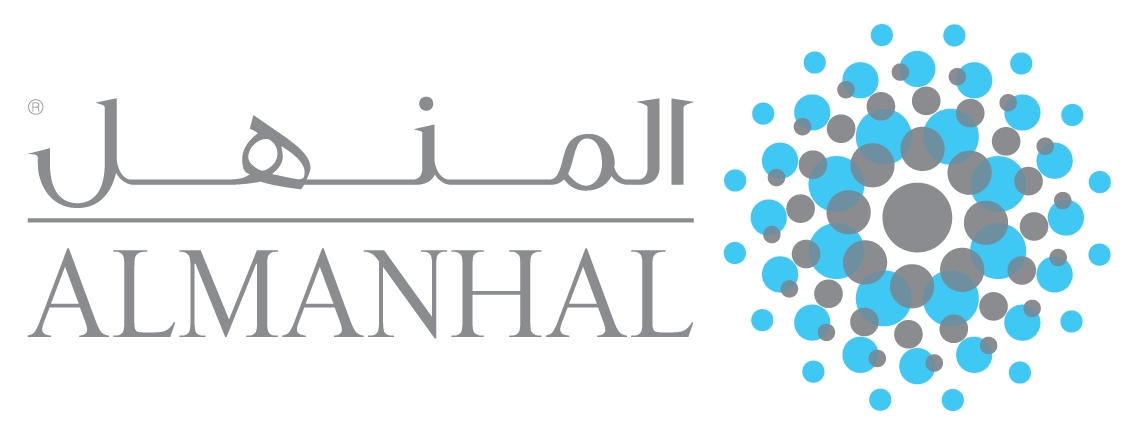Does Mobile Payment Promote Financial Inclusion Among Palestinians Women: A Quantitative Approach Through Structural Equation Modeling
DOI:
https://doi.org/10.31436/jif.v10i2.597Keywords:
women's empowerment, mobile payment, financial inclusionAbstract
An attempt at validating the notion of whether women's access to financial services through mobile payment enhances their empowerment necessitated this study. Mainly, it focuses on the extent to which mobile payment can contribute to financial inclusion in the context of Palestinian women, which seems to be sparse and lacking in the literature. A quantitative approach was employed using 147 questionnaires designed based on the theory of planned behavior and reflective model for measuring financial inclusion. The research found that with successive increases in mobile payment usage, financial inclusion further increased. Precisely, the growth of mobile payment usage by 1 percent can improve women's financial inclusion by 0.449 percent. By increasing women's financial inclusion, women's economic empowerment could be effectively and positively improved, which boosts productivity, increases economic diversification and income equality, and other positive development outcomes.













